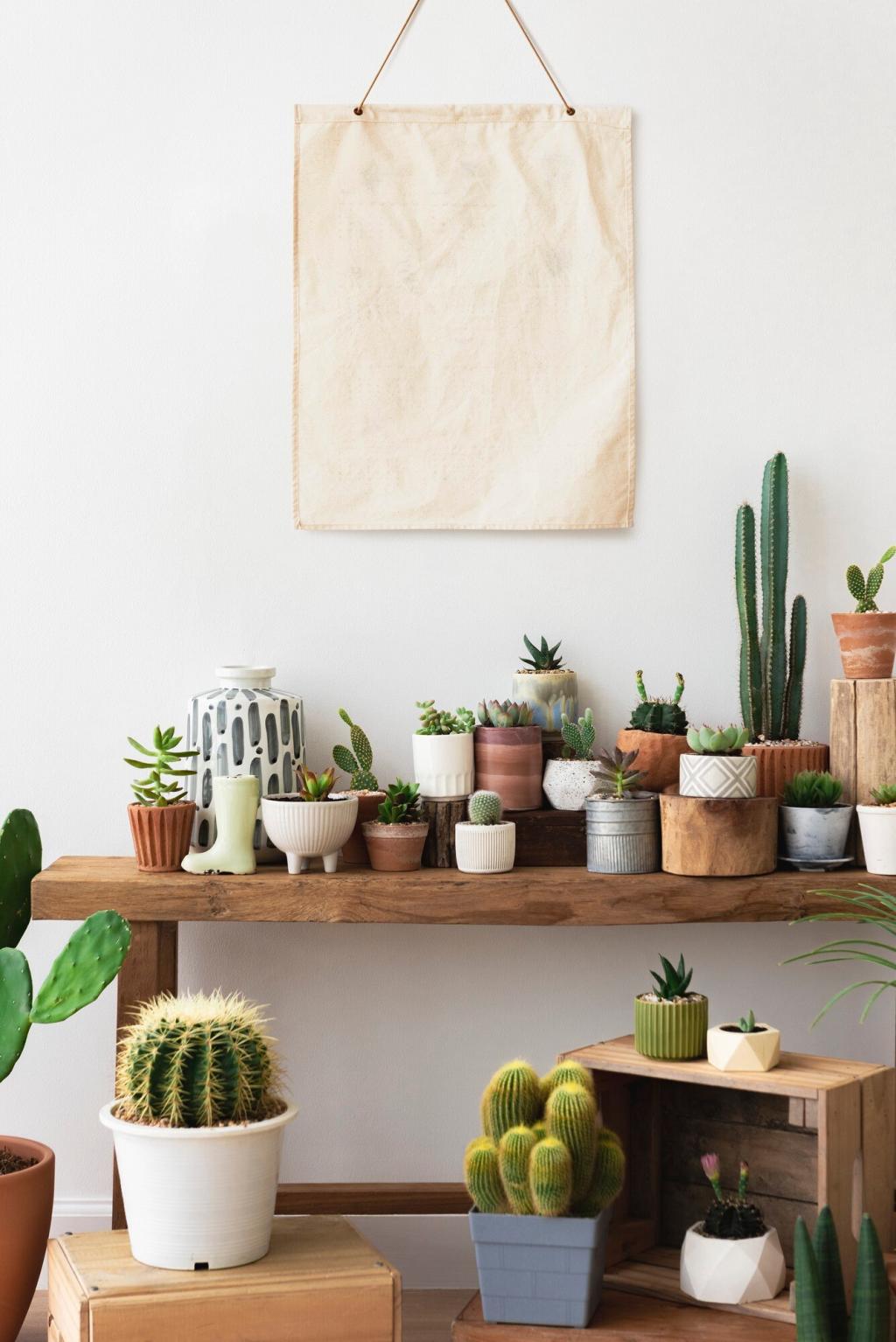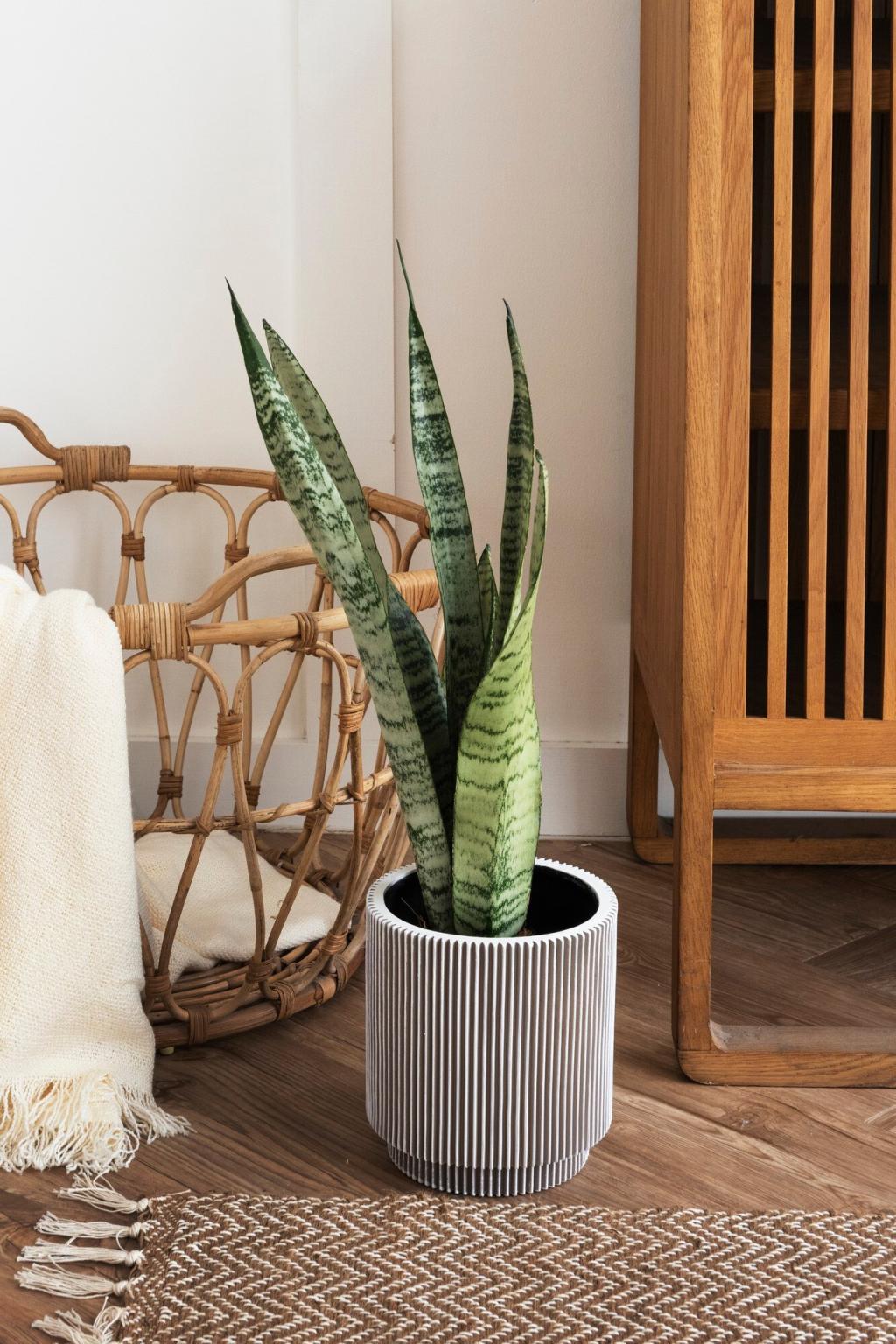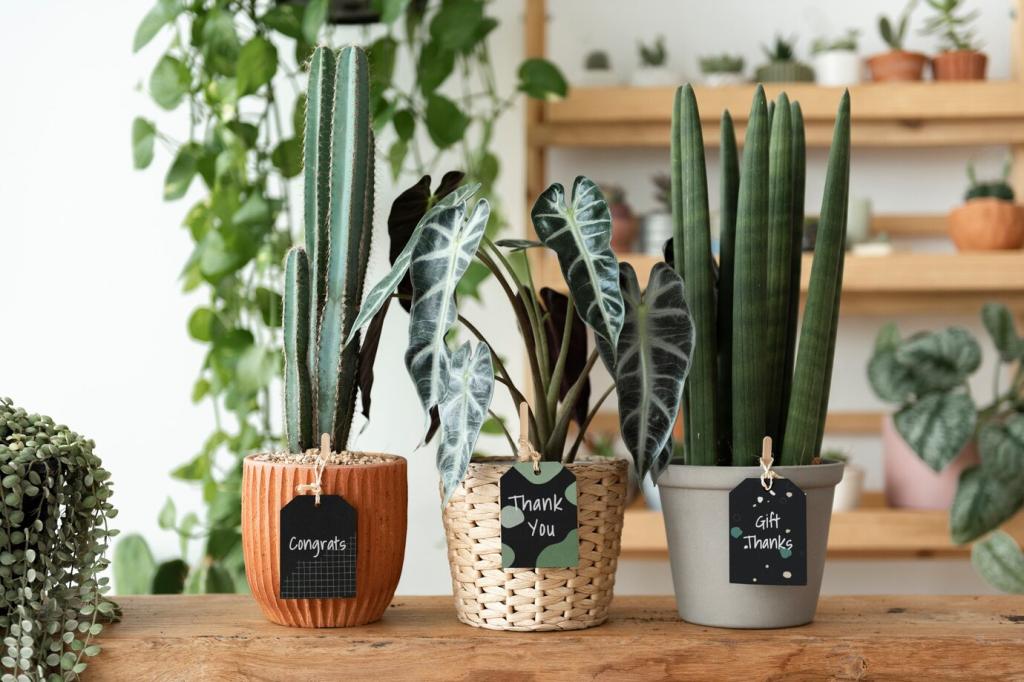Eco-Friendly Furniture Choices That Feel Good at Home
Chosen theme: Eco-Friendly Furniture Choices. Welcome to a warm, practical guide for creating a home that’s beautiful, durable, and gentle on the planet. Explore real tips, honest stories, and join our community—comment, subscribe, and share your eco discoveries.

Understanding Sustainable Materials
Certified and Responsibly Sourced Wood
Look for wood certified by FSC or PEFC, signaling forests managed to protect biodiversity and communities. Ask for chain-of-custody documents, avoid mystery plywoods with high formaldehyde, and consider reclaimed timber that locks in carbon while adding character and history to your home.
Rapidly Renewable Options: Bamboo, Cork, and Rattan
Bamboo matures quickly, cork is harvested without felling the tree, and rattan grows abundantly with minimal inputs. Verify low-VOC adhesives and finishes, check for responsible harvesting practices, and celebrate natural textures that bring calm, biophilic warmth to mindful spaces.
Recycled Metals and Glass That Last
Steel and aluminum have high recycling rates and can be reprocessed repeatedly with less quality loss than many materials. Choose powder-coated finishes for fewer solvents, specify recycled content when possible, and enjoy glass tabletops that are endlessly recyclable and timelessly elegant.
Low-Toxic Finishes and Indoor Air Quality
Volatile organic compounds can off-gas from paints, glues, and composite wood. They contribute to headaches and irritation for sensitive people. Favor water-based finishes, plant oils and waxes, and let pieces air out with good ventilation before bringing them into bedrooms.


Buy Once, Love Long
Seek kiln-dried hardwood frames, mortise-and-tenon joinery, and robust corner blocks. High-resilience cushions or natural latex keep shape longer. When a piece survives moves and seasons, its embodied carbon spreads over years of service, making it a smarter environmental investment.

Repairability and Spare Parts
Choose modular systems with replaceable slats, legs, or hardware. Zippered cushion covers, standardized screws, and accessible components extend usefulness. Keep an envelope of spare fittings taped beneath the piece, and ask brands about repair guides or parts before you buy.

Second Life Strategies
Design for disassembly makes resale, donation, and recycling easier. Look for take-back programs, list items on local sharing groups, and refinish rather than replace. When furniture circulates through multiple homes, its environmental footprint shrinks while stories and value grow.

Small-Space, Big-Impact Choices
Pick sectionals with add-on modules that adapt as life changes, and dining tables that extend for gatherings. This flexibility means fewer redundant purchases over time, lowering waste while meeting real needs from weeknight meals to festive celebrations.
Small-Space, Big-Impact Choices
Quality flat-pack can be sustainable when built from responsibly sourced plywood with strong connectors, clear instructions, and available replacement parts. Lower shipping emissions meet long-term durability when you avoid flimsy hardware and reinforce stress points from the start.
Map the Supply Chain
Ask where wood is harvested, where pieces are milled, and how they’re shipped. Sea freight often carries lower per-unit emissions than air. Local production shortens distances, supports jobs, and makes it easier to verify responsible sourcing face to face.
Meet the Makers
A small studio in our town turns offcuts into sturdy stools, minimizing waste and celebrating craftsmanship. Visiting their workshop revealed finish samples, repair tips, and community apprenticeships. Share similar gems near you to build a network of ethical creators.
Transparency Questions to Ask
Which forests or plantations supply your wood or fibers? What emissions standards do your finishes meet? Can you share third-party certifications or audits? Straight, respectful questions encourage openness and help you invest confidently in pieces that align with your values.



